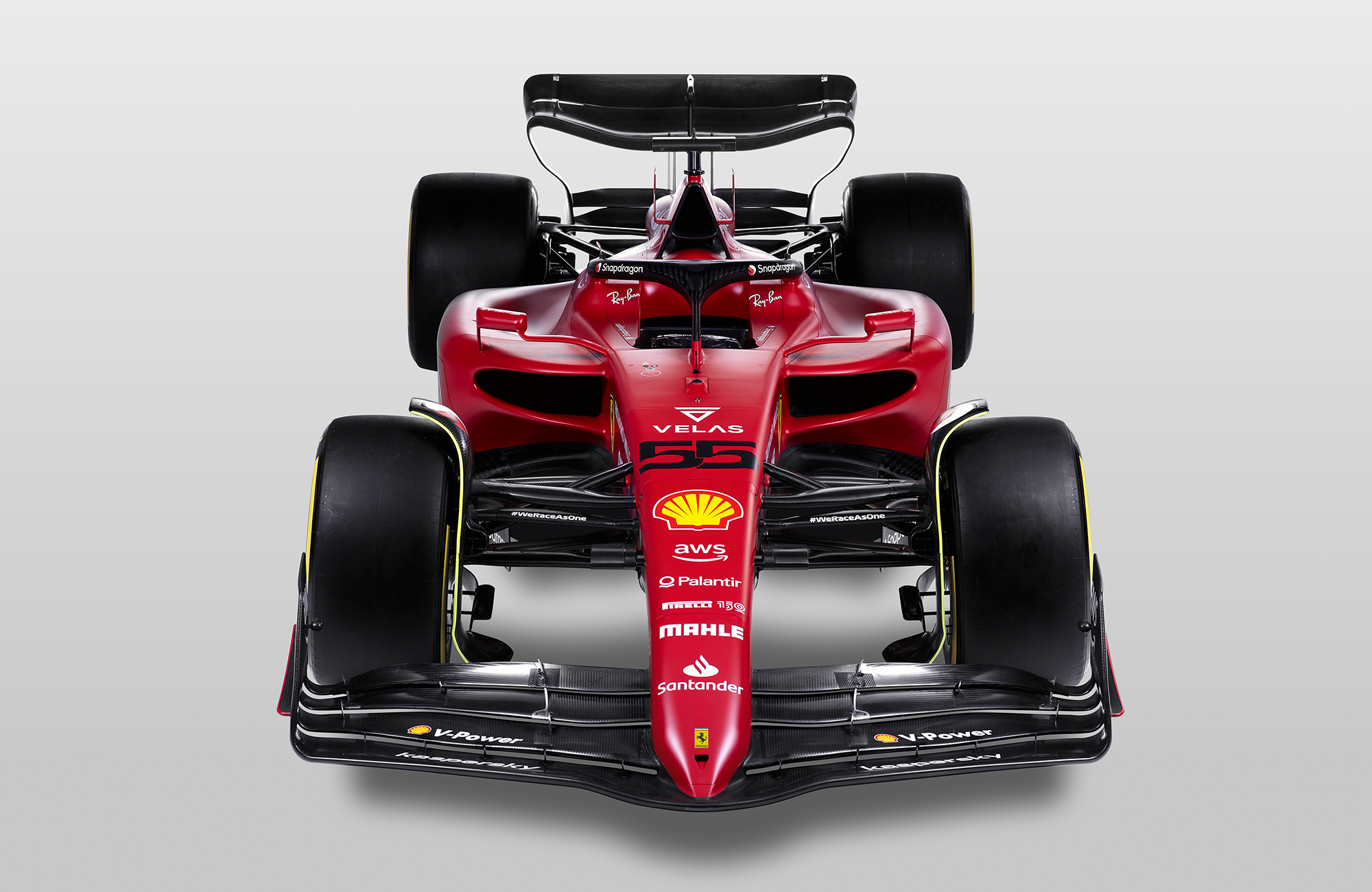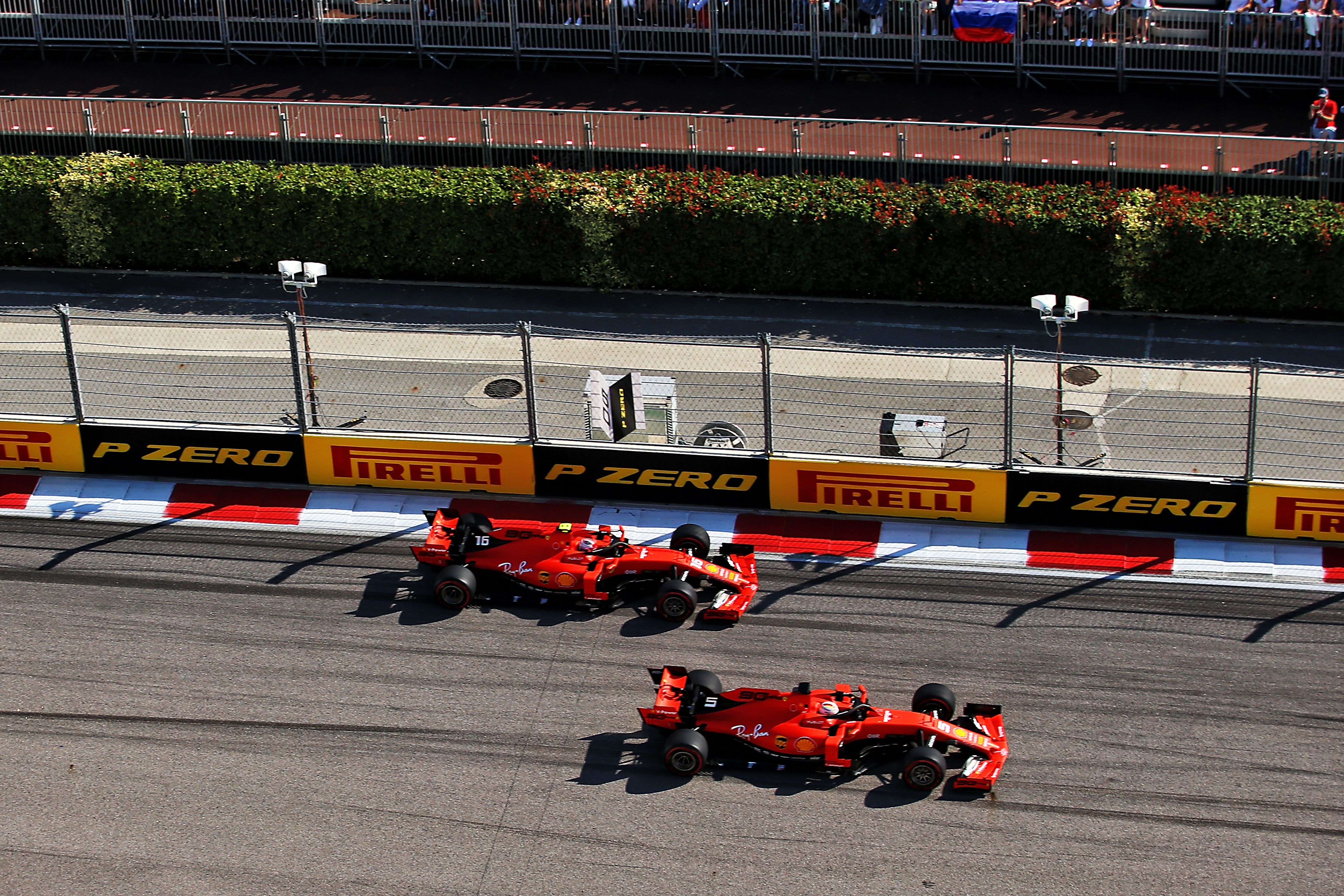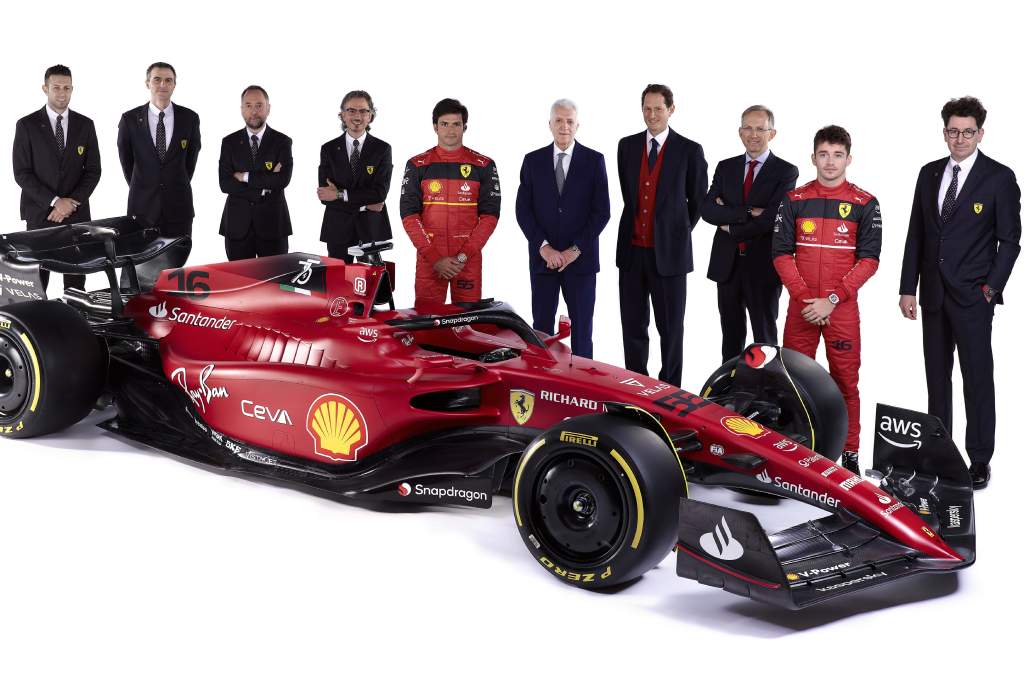Up Next

Formula 1’s imminent engine freeze forced Ferrari to produce some “daring design solutions” for its 2022 power unit, according to its head of power unit Enrico Gualtieri.
Gualtieri describes the 2022-spec Ferrari power unit as “an unconventional project, extreme in terms of vehicle installation, layout and many of the internal parts”.
During 2022, the power units will be homologated and frozen in specification until the end of 2025 ahead of the anticipated introduction of the next-generation engines the following year.
This will be done in two phases, with the engine, turbocharger, MGU-H, engine exhaust system, fuel and engine oil homologated on March 1 and the MGU-K, energy store and control electronics on September 1.
Gualtieri was asked about the effect of these looming deadlines had on the design process and confirmed it had made Ferrari take an aggressive approach both in terms of maximising development time and taking risks.
“It has certainly made an impact,” said Gualtieri. “Let us say that, compared with past years, it has stimulated, even forced us, to go for even more daring design solutions, given the significant time limits, in particular the coming freeze.
“We have had to take all our programmes to the absolute limit. We have had to keep the door open for all possible evolutions, right until the last moment.
“We have certainly had to take all the necessary risks. We had to speed up our development even more in a world that is already going at a thousand miles an hour. “
This has resulted in the new engine featuring more new components than in what Gualtieri describes as “recent years”, indicating more than just a normal evolutionary step.

It’s a big test for the Ferrari power unit design team, with the performance level key not only to its hopes of re-emerging as a frontrunning force this year but also in the next three years thanks to the engine freeze with design changes only permitted in exceptional circumstances.
“There is so much that is new and innovative in this power unit,” said Gualtieri
“Suffice to say that the percentage of new components of the internal combustion engine, compared to the previous season is one of the highest of recent years.
“There is innovation in terms of content but also architecture, the vehicle distribution and the layout in general.
“Compared with the past, we have had to look at and adopt different solutions and this I think, in our particular environment, is something that is continuously innovative.”
The engine freeze is a particularly significant landmark for Ferrari given it is recovering from the blow to power unit performance it took in 2020. This was a consequence of a raft of technical directives issued by the FIA in collaboration with Ferrari after unproven suspicions the team was operating its power unit illegally at times prior to that.

Ferrari made an encouraging step forward in 2021 and established itself as the third-strongest engine manufacturer behind Honda and Mercedes. The introduction of a significant hybrid upgrade, with a new energy store that increased it from a 400 volt to an 800 volt system in the final third of the season, was also an important step.
That hybrid upgrade is largely carried over but with some changes for 2022, which were driven by the on-track data accumulated by Ferrari in the closing stages of last year. But the main area of focus has been other aspects of the power unit, in particular the V6 itself and the turbocharger.
The Race understands Ferrari has not adopted the split turbo concept that was pioneered by Mercedes in 2014, subsequently adopted by Honda and set to be introduced by Renault this year. It did evaluate the concept, but opted instead for changes based on innovative combustion technology that it found produced significant gains.
“The internal combustion engine and the turbocharger are definitely the key elements of the 2022 power unit at the start of the season,” said Gualtieri.
“The hybrid system is another step in the evolution we brought to the track at the end of last season.
“The electronics have had to change a lot too, having to adapt to the needs of a completely new car concept and an engine that is very different from last year’s.
“It represents the third step of our development path. The first stage was the engine at the beginning of last season, the second was the evolution of the hybrid system, brought to the track at the end of 2021.”
The other challenge is the change of regulations requiring the bio-component in the fuel to increase from 5.75% to 10%. The E10 fuel that will be used this year must comprise 10% renewable ethanol, which has posed a significant challenge to all of the engine manufacturers.

Gualtieri referred to a performance loss of 20bhp from the change, which is in line with what other manufacturers have indicated.
“The introduction of the 10% ethanol limit reduces the energy content of the petrol we are allowed to use.
“Therefore it has an impact on performance, in terms of both engine power and the recovery of energy from exhaust gas.
“It is also true that ethanol has some characteristics that are not necessarily negative for combustion, but need to be suitably exploited with an appropriate engine design.
“But, in the end we have a performance loss in the order of 20bhp. The technical impact of the introduction of ethanol in the fuel goes further however than just the performance aspect, given the extreme nature of our product.”





